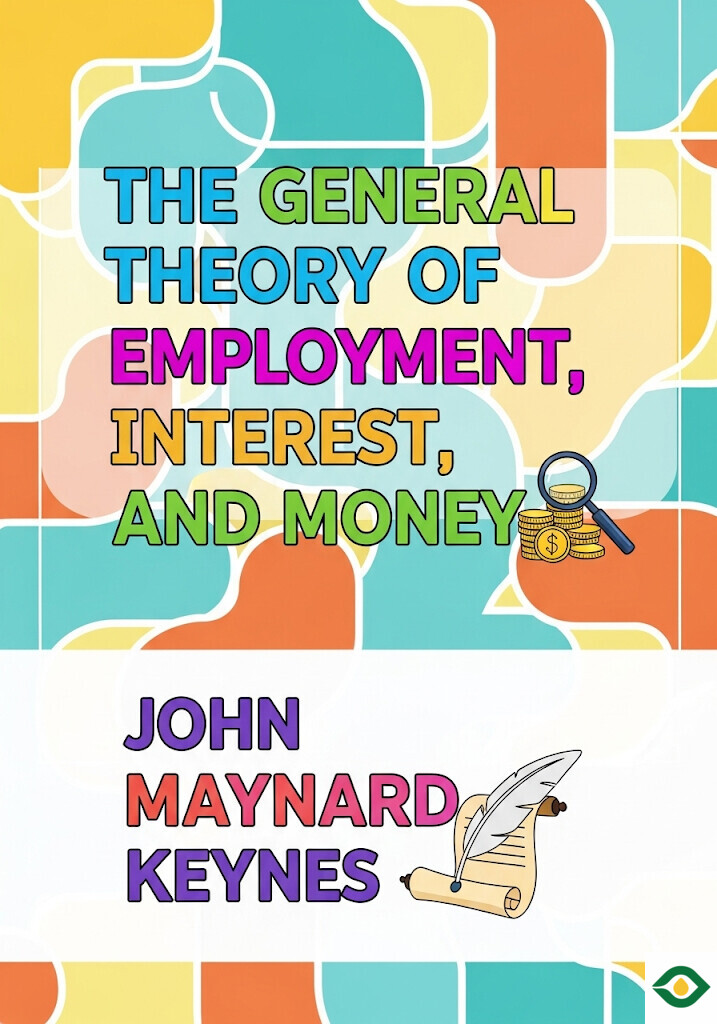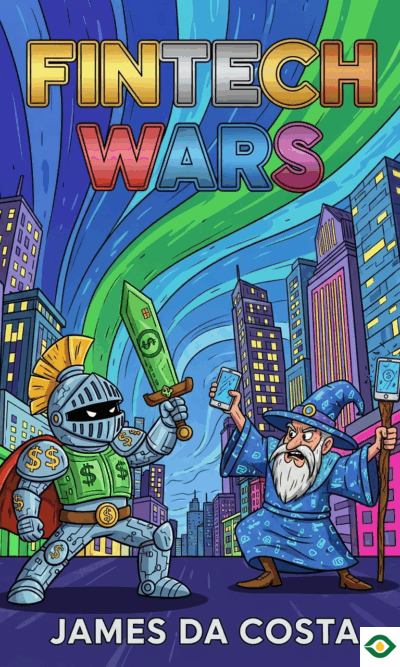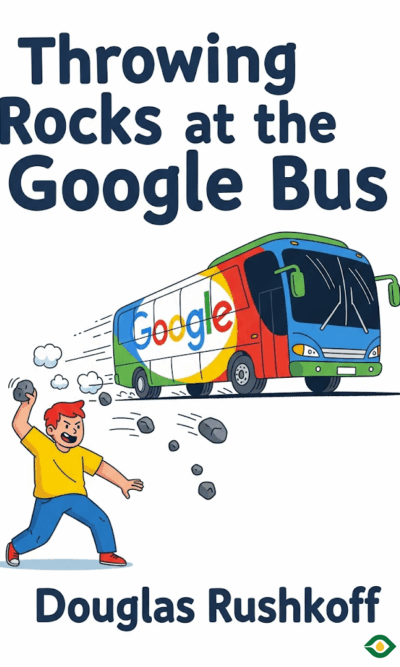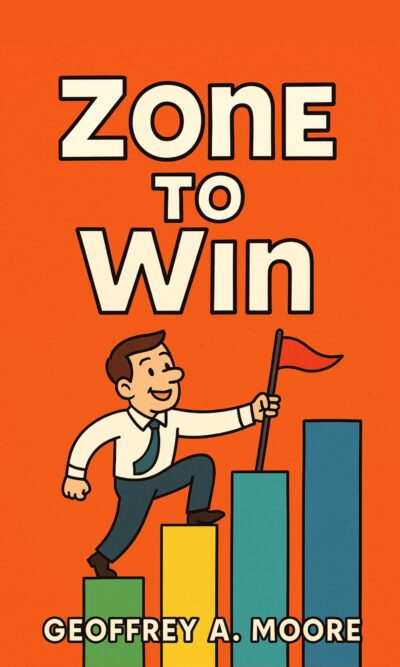Description
In 1936, John Maynard Keynes published The General Theory of Employment, Interest, and Money, a book that completely reshaped modern economics. Before Keynes, the dominant belief was that markets always corrected themselves. If unemployment was high, economists thought it was simply because workers refused to accept lower wages. If demand for products was low, they assumed prices would fall until people bought more. In this view, the economy was like a machine that always found balance by itself.
Keynes disagreed. He saw that during the Great Depression, millions of people were unemployed, even though they were willing to work for lower wages. Businesses weren’t hiring, not because wages were too high, but because demand for their products had collapsed. Factories stood idle, not because workers were too expensive, but because no one was buying. This convinced Keynes that the old theories were incomplete. He believed economies could get stuck in a downward spiral where low demand led to joblessness, which led to even lower demand, trapping societies in long-term recessions.
His solution was bold. He argued that governments should not wait for the economy to “fix itself.” Instead, they should step in during crises to boost demand. For example, by spending on public works—roads, schools, housing—governments could put people to work. Those workers would then earn wages, which they’d spend on goods and services, which would encourage businesses to hire even more. In this way, one round of spending could ripple through the economy, multiplying its effects. Keynes called this the multiplier effect.
A central part of Keynes’s theory is something he called effective demand. This simply means the actual demand for goods and services in the economy at a given time. Employment levels, he argued, depend on effective demand, not on wages alone. If people and businesses aren’t spending, then workers won’t be hired, no matter how low wages go. In other words, unemployment is often involuntary—it’s not that people don’t want jobs, but that jobs don’t exist when demand is weak.
Another key idea was propensity to consume. Keynes observed that as people earn more, they do spend more, but not all of it. Some portion is saved. This gap between income and spending creates a problem: unless someone else (like investors or governments) fills the gap with investment, the economy can’t reach full employment. Wealthier societies, in particular, often struggle with this because people save a lot, leaving businesses searching for profitable investments. If enough investments can’t be found, production and jobs shrink to match the lower level of spending.
This is where interest rates and investment come into play. Classical economists thought interest rates always balanced saving and investment. But Keynes argued that investment depends not only on interest rates but also on business expectations and confidence. If investors are pessimistic about the future, they won’t invest even if interest rates are low. In such cases, only government spending can break the cycle.
Keynes also explored how psychology affects economics. Investors don’t make decisions in a vacuum; they often follow conventions or herd behavior. For instance, they assume the future will resemble the present, or they react strongly to short-term changes even if those don’t matter much in the long run. This makes financial markets unstable, prone to sudden optimism or panic. In his words, investment is often driven more by “animal spirits” than by rational calculation.
This insight helps explain why economies can suddenly boom or crash. Confidence, fear, and speculation can push markets up or down in ways unrelated to real production. For example, a hot summer might boost the profits of an ice company and inflate its stock price, even though nothing meaningful about the long-term value has changed. Similarly, an unexpected bank holiday might raise railway shares temporarily. Such behavior shows how fragile market psychology can be, and why relying only on private investment is risky.
Because of this, Keynes stressed the importance of balance between private enterprise and public action. He didn’t suggest governments should control everything, but he believed they should step in when private markets failed to create enough jobs. Spending on useful projects like housing or infrastructure was ideal, but even less efficient spending could help during crises. His famous example was paying workers to dig holes and fill them up again—wasteful on the surface, but still better than letting millions remain unemployed with no income. The logic was simple: jobs create wages, wages create demand, and demand creates more jobs.
Keynes also challenged the belief that wage cuts could solve unemployment. He pointed out that if wages fall across the board, workers have less money to spend. Lower spending reduces demand even further, causing businesses to cut back production and fire even more workers. So instead of curing unemployment, wage cuts could make it worse. This was a direct contradiction of classical economics and a core reason why Keynes’s ideas were so revolutionary.
The book also introduced the idea of the liquidity preference. People prefer to hold some of their wealth as cash rather than investing it, partly for safety and partly for flexibility. This preference influences interest rates and helps explain why money doesn’t always flow into investment automatically. If people hoard cash out of fear, money stops circulating, and the economy slows down.
Throughout his work, Keynes emphasized that economies are not simple machines that always balance themselves. They are complex, human systems, influenced by psychology, confidence, fear, and hope. Because of this, the economy can stay weak for a long time unless deliberate action is taken.
The legacy of The General Theory is enormous. It laid the foundation for modern macroeconomics and changed the way governments respond to recessions. Programs like the New Deal in the United States, postwar reconstruction in Europe, and later stimulus packages during crises all trace back to Keynes’s ideas. His work helped create a world where governments accept responsibility for managing demand and employment, rather than leaving it entirely to the market.
In simple terms, Keynes showed us that when economies slow down, waiting for them to “fix themselves” can lead to years of suffering. Instead, smart spending and investment—especially by governments—can restart the cycle of growth, put people back to work, and restore confidence. His book wasn’t just about numbers; it was about people, jobs, and the belief that societies can take action to shape their economic future.





